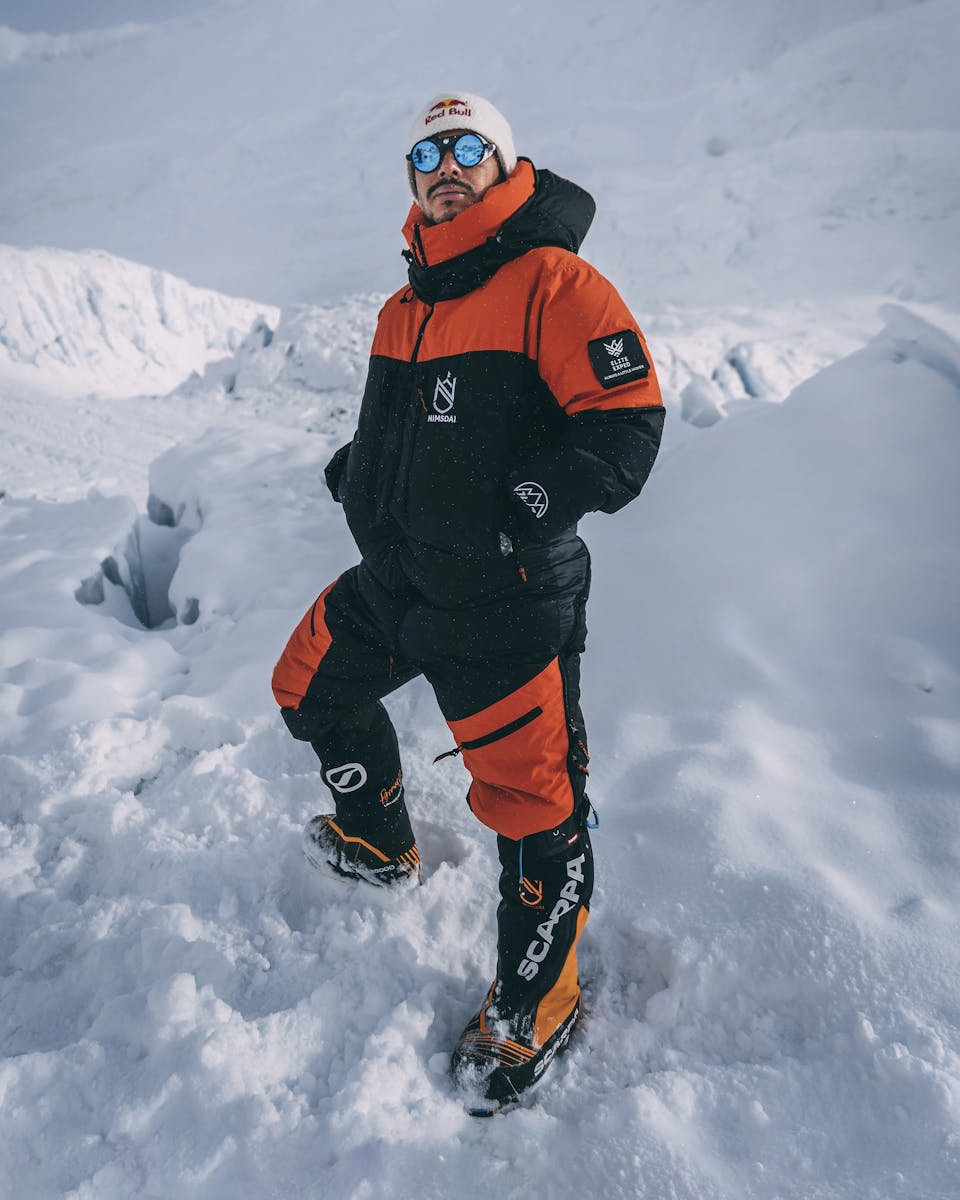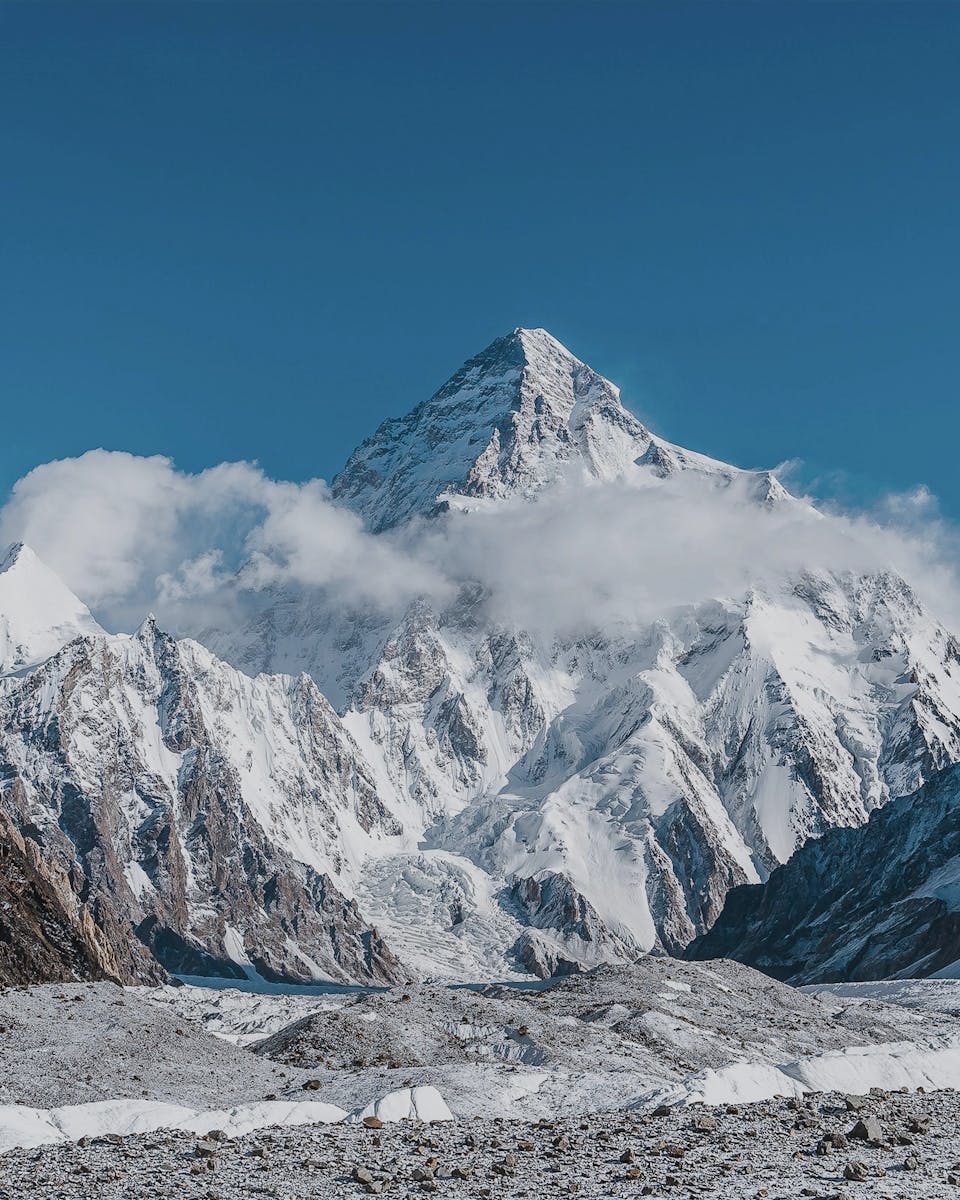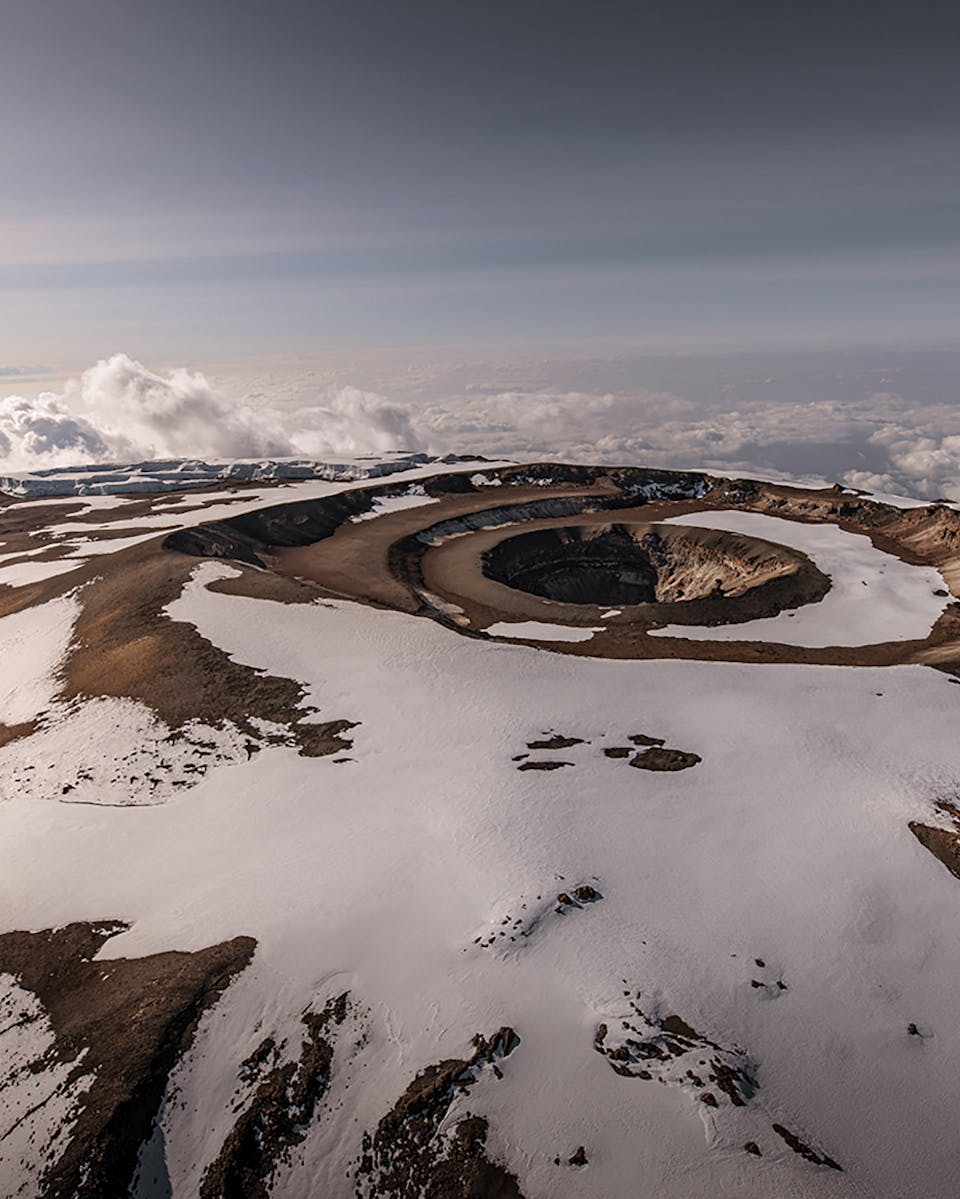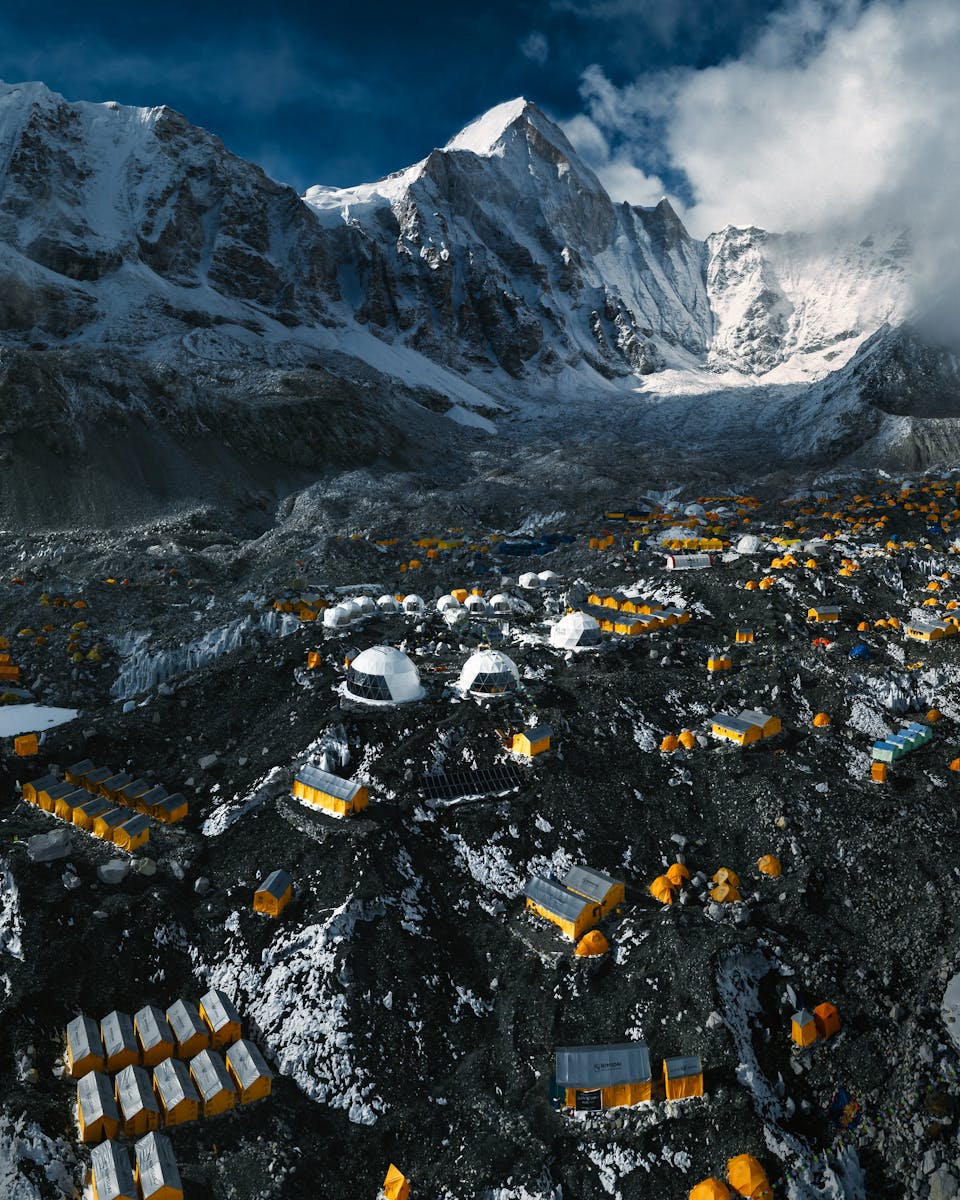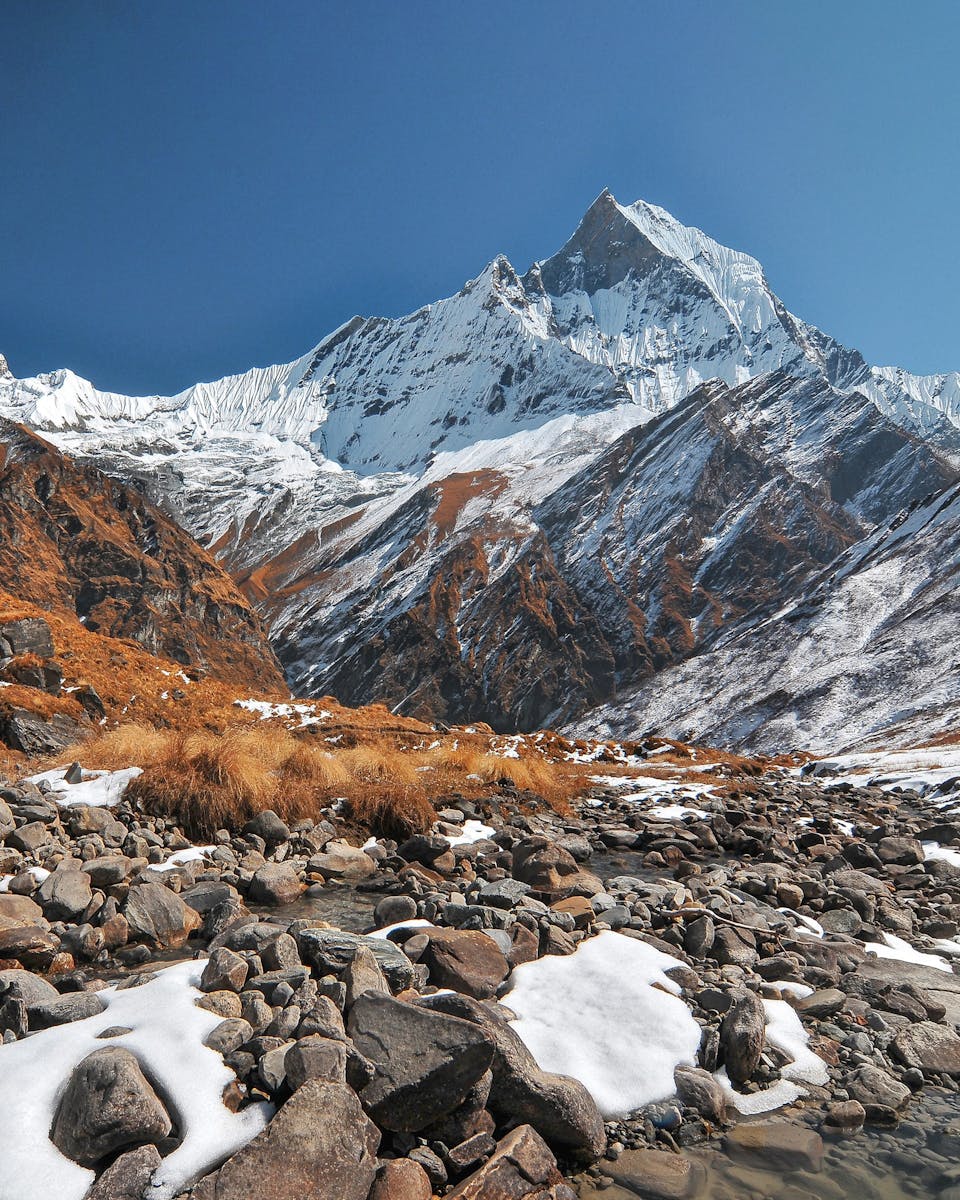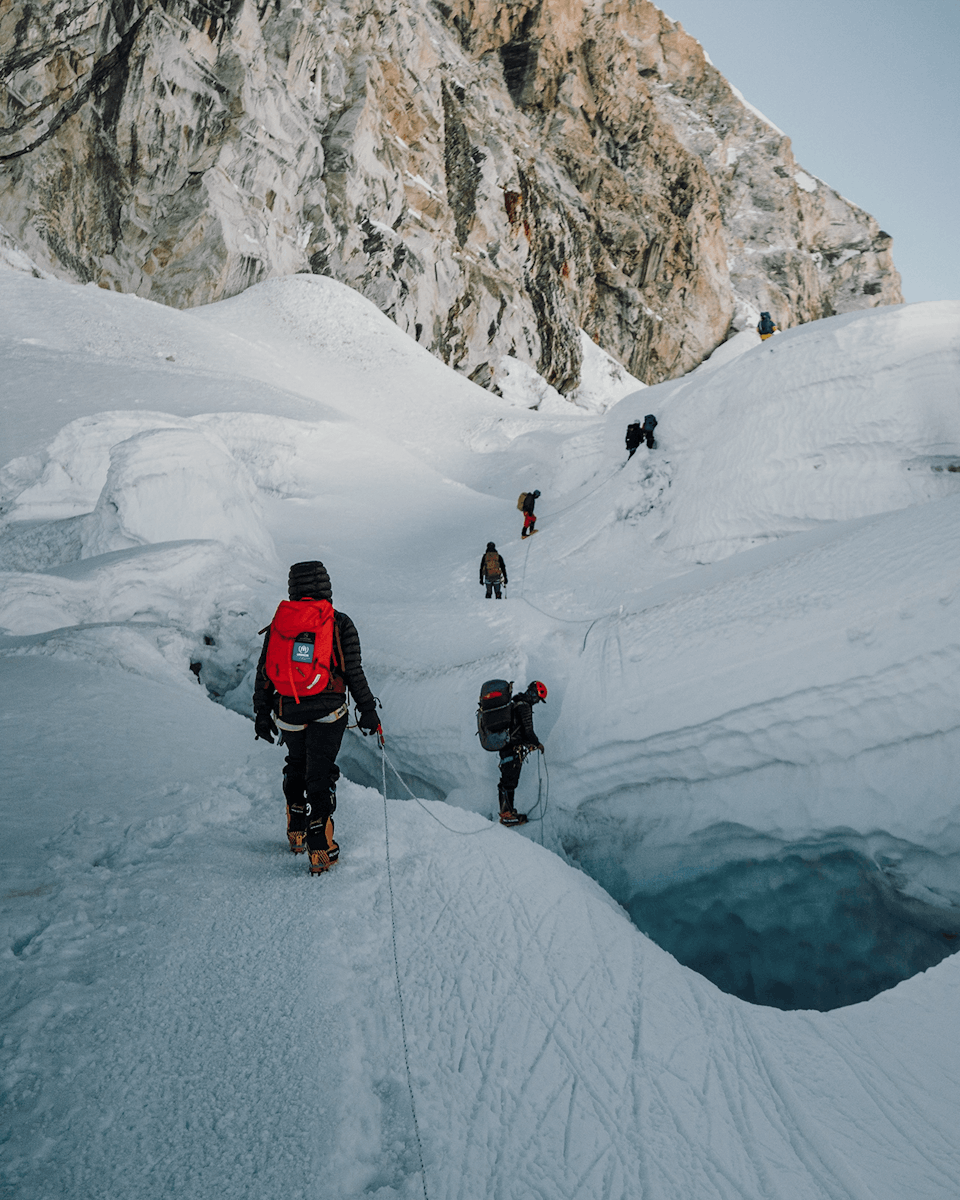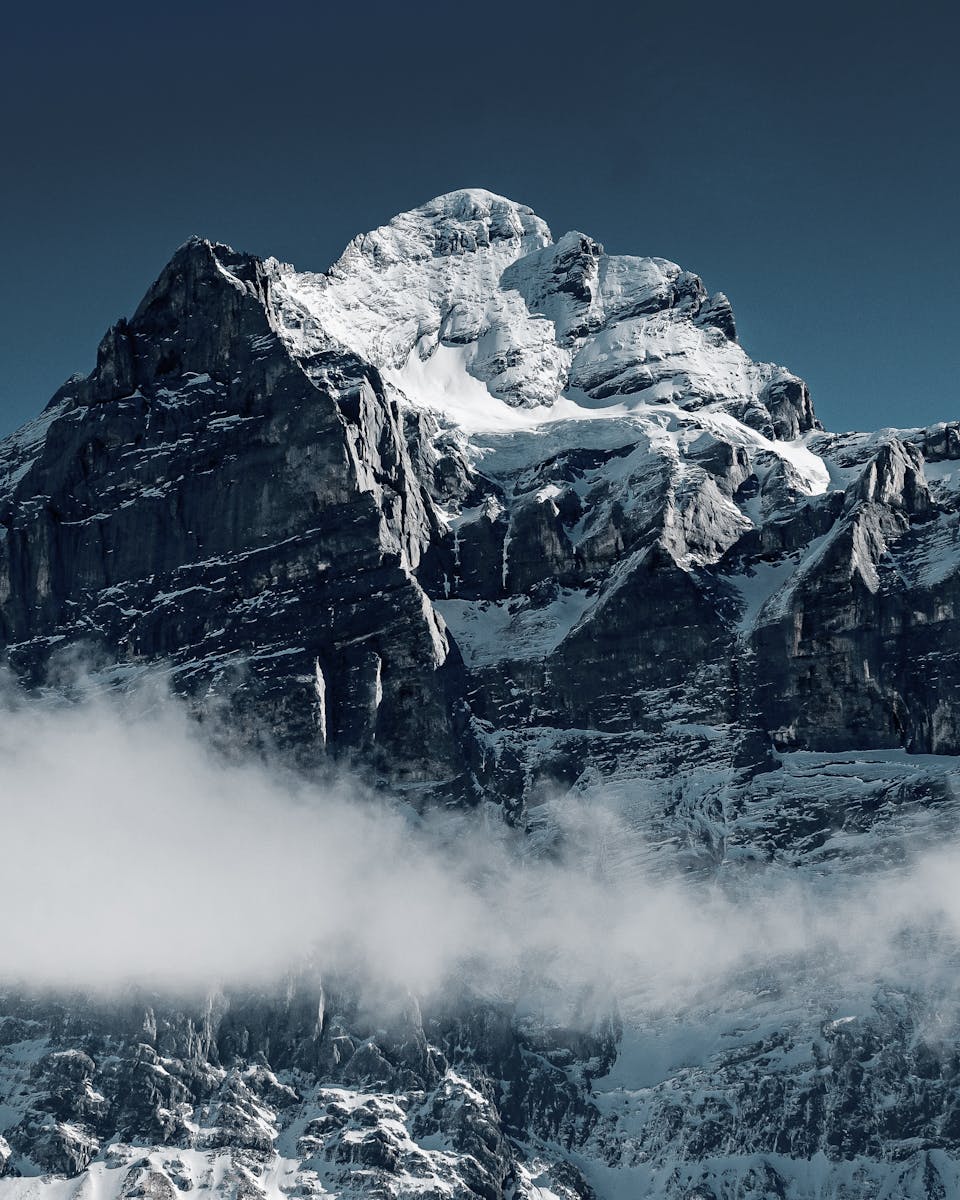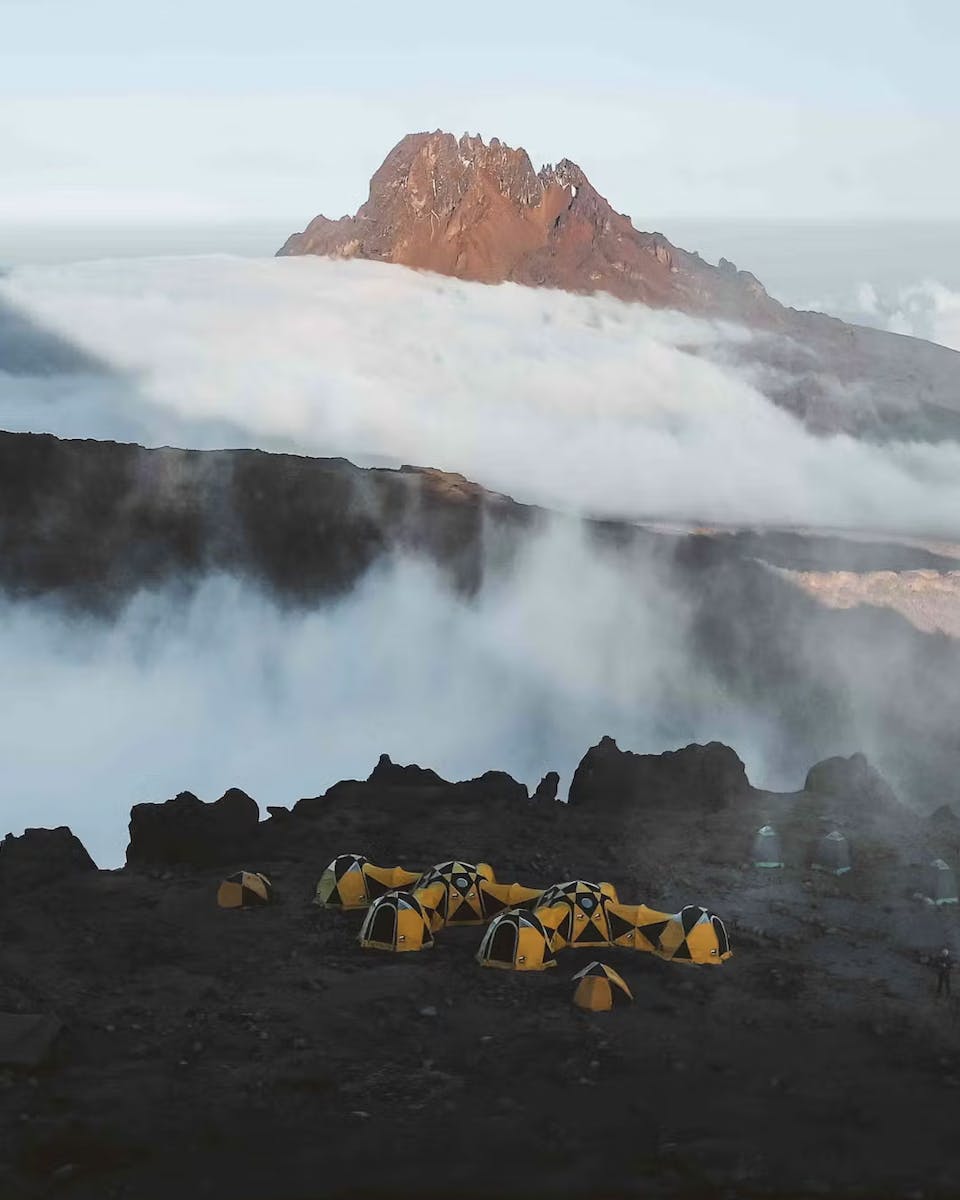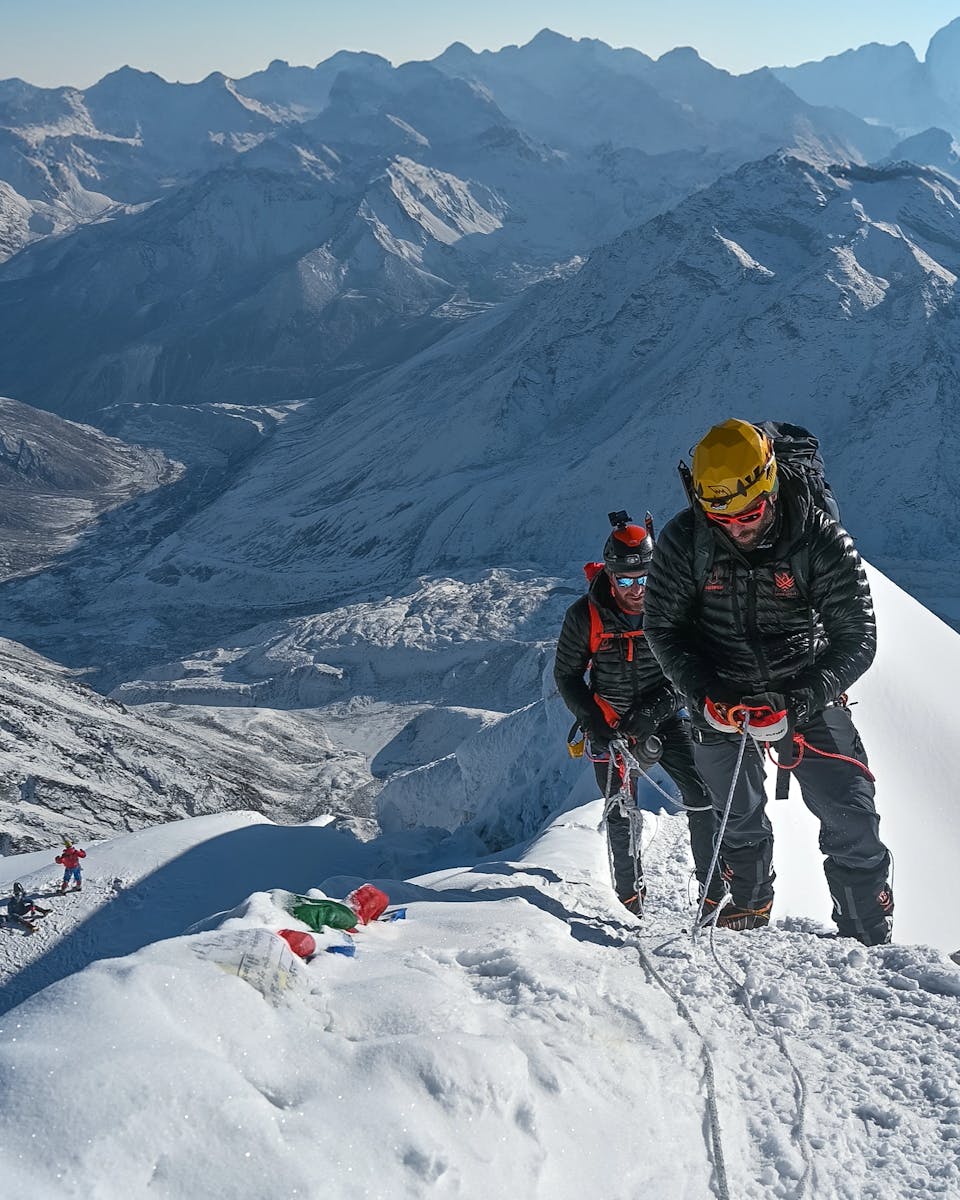With Elite Exped, you’ll have access to expert guides, proven routes, and the highest standards of safety and comfort.
Our Kilimanjaro expedition can be completed in just nine days including arrivals and departures, and we make sure that allows for plenty of time for acclimatisation.
We’re also currently offering a Kilimanjaro masterclass, a transformative resilience mindset programme to the majestic slopes of Kilimanjaro, and a once-in-a-lifetime adventure to journey to the roof of Africa with two of the world’s most elite adventurers — Nimsdai Purja and Ant Middleton.
When is Mount Kilimanjaro climbing season?
The best time to climb Kilimanjaro is during the dry seasons, which are from late June to October and from late December to February. These months typically offer the best weather conditions with clearer skies and lower chances of rain.
The dry seasons are also warmer, which can make the trek more comfortable. However, these periods are also the busiest, so it's important to book your trek well in advance.
Further reading: When is the best time to climb Mount Kilimanjaro?
What will you see on the trek?
The Kilimanjaro trek offers a diverse and breathtaking range of experiences. You'll pass through five distinct ecological zones: cultivated land, rainforest, heath, alpine desert, and arctic summit. Each zone has its unique flora and fauna, from lush rainforests teeming with monkeys and birds to the sparse, rocky landscapes of the alpine desert.
As you ascend, you'll witness stunning views, including the Shira Plateau, Lava Tower, and the glaciers near the summit. The journey is not just a physical challenge but also an opportunity to learn about the mountain's geology, ecology, and cultural significance. The sense of achievement upon reaching Uhuru Peak is unparalleled.
What should you pack?
Packing for Kilimanjaro requires careful planning. Essential items include a waterproof backpack, layered clothing, a down jacket, waterproof gear, thermal underwear, a hat, gloves, sturdy hiking boots, a sleeping bag, a headlamp, trekking poles, a water bladder, a first-aid kit, sunscreen, sunglasses, and personal hygiene items. Don't forget snacks and medications.
Here are our recommendations from the Nimsdai store:
Outer layers
Mid Layers
- Exped Fleece - high-performance polyester Polartec® Thermal Pro fleece – warm and breathable.
- Baltoro soft shell trekking trousers - built to be versatile for all outdoor adventures, these Nylon Thermalite fabric pants feature a durable water-repellent treatment with a brushed interior, and Nylon/Kevlar knee pads.
Baselayers
- Nimsdai Baselayer - lightweight, breathable with SPF 50/ UV protection built into the soft, anti-microbial fleece.
Accessories
Who are the guides and porters we work with?
Our guides and porters are local Tanzanians, who are experienced, knowledgeable, and trained to ensure your safety and comfort. They are certified by the Kilimanjaro National Park and have extensive experience leading treks on the mountain.
The guides are skilled in mountain safety, first aid, and high-altitude trekking. Porters carry your gear, set up camps, and prepare meals, allowing you to focus on the hike. They play a crucial role in your journey, and their expertise and support are invaluable.
What food is provided on the trek?
Meals on Kilimanjaro treks are designed to be nutritious and energy-boosting to support you through the climb. Typical meals include soups, fresh fruit and vegetables, rice, pasta, potatoes, and meat.
Breakfast might include porridge, eggs, toast, and tea or coffee. Lunches are usually packed to eat on the trail, and dinners are hearty to help you recover.
Special dietary needs can often be accommodated with prior notice, so please let the team know how they can help.
Where will you be sleeping?
Upon arriving at Kilimanjaro International Airport, you'll be transferred to a comfortable hotel in Moshi.
As you embark on your Kilimanjaro adventure, you'll spend your nights in high-quality, four-season mountain tents at various campsites. These tents are designed to withstand the elements, ensuring a cosy and protected sleep throughout your trek.
What are the toilets like on the trek to Kilimanjaro?
Toilets on Kilimanjaro are basic but functional. Campsites usually have long-drop or pit latrines, which are simple wooden structures with holes in the ground. While not luxurious, they serve their purpose.
On the trek, you'll also have access to portable toilets. Bringing your own toilet paper, hand sanitiser, and biodegradable wipes can make the experience more comfortable. Despite the simplicity, maintaining hygiene is a priority, and our team ensures that facilities are kept as clean as possible.
What type of insurance is recommended?
Travel insurance for a Kilimanjaro trek should cover high-altitude trekking up to 6,000 meters, medical emergencies, trip cancellations, and lost or stolen belongings.
Ensure your policy includes emergency evacuation, as this can be crucial in case of severe altitude sickness or injury. It's best to review your insurance options thoroughly and choose a comprehensive policy that covers all aspects of your trip. We recommend Global Rescue for high-altitude emergency insurance.

